 A very warm welcome to the 7th edition of the Urban Zoo Newsletter. Two key objectives of the Urban Zoo project are to explore the genetic diversity of Escherichia coli within Nairobi city and to explore the links between microbial diversity and urban livestock. This is at the core of the “99 household” study.
A very warm welcome to the 7th edition of the Urban Zoo Newsletter. Two key objectives of the Urban Zoo project are to explore the genetic diversity of Escherichia coli within Nairobi city and to explore the links between microbial diversity and urban livestock. This is at the core of the “99 household” study.
Choosing 99 households, within 33 sub-locations in Nairobi, has been challenging. It has also been the subject of heated debate during our Urban Zoo annual meetings. The issues have been around finding a suitable balance between the practicalities of including a diverse range of geographical locations, wealth categories and livestock ownership whilst at the same time avoiding unnecessary biases in the selection of households. The protocol for household selection has now been finalized and sampling will start soon.
One of the key variables that we needed to take account of is wealth and to this end we explored many options for data layers that could provide an indicator of socio-economic diversity. The best option appeared to be a study focusing on water availability and distribution in Nairobi. It was funded by UN-HABITAT and the Global Water Operators’ Partnerships Alliance (GWOPA), and implemented by the Institut Français de Recherche en Afrique (IFRA). This study categorised all residential areas of Nairobi into 17 neighbourhood typologies, and estimated income levels for each. We purposefully selected 33 sub-locations, ensur-ing a good geographical spread across the city and covering the range of neighbourhood typologies in the city.
In each of the selected sub-locations three households are to be selected based on their proximity to three randomly chosen points within the dominant neighbourhood typology for that sub-location. Tak-ing advantage of local knowledge, each of these points is assigned a category of livestock owner-ship: no livestock, monogastric production (pigs or poultry), or ruminant production (cattle, sheep or goats). These points are then plotted on a Google maps (Quickbird) image of the sub-location to aid the search on the ground for the closest household falling into the designated livestock husbandry category. A questionnaire will be administered at each of the households to establish wealth level, livestock husbandry activities and sources of animal source foods and biological samples will be taken from the household members, from the household itself and from its immediate environ-ment. Samples will be sent for genetic analysis of E. coli and will contribute to estimating genetic diversity across the city.
Considerable discussion has also been had around the level of detail to capture in the questionnaires. We have opted to collect relatively little information from the 99 households and instead focus on the sampling of E. coli. We will conduct a separate survey, based on the same neighbourhood typologies and sub-locations but covering many more households, to explore the links between wealth, consumption patterns (with a focus on animal-source foods), livestock husbandry and nutritional status.
Dr. Judy Bettridge who has just joined the project as a University of Liverpool postdoc and will be a visiting scientist at ILRI for the coming year or so will be taking a leading role in ensuring the smooth implementation of these 99HH surveys.
Timothy Robinson is a principal scientist with ILRI’s Livestock Systems and Environment research group.
The Zoonotic and Emerging Disease group studies a range of epidemiological issues revolving around the domestic livestock, wildlife and human interface


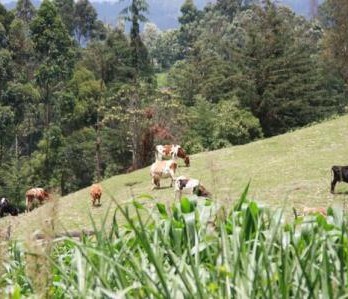
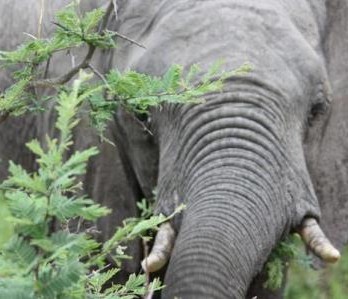
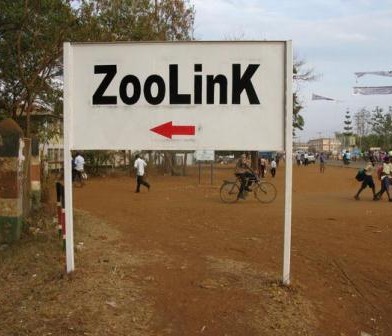
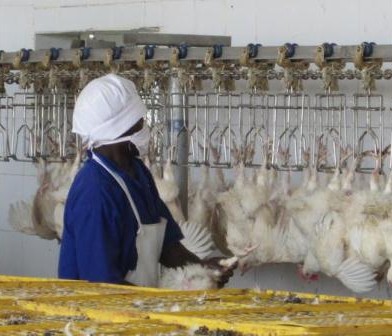
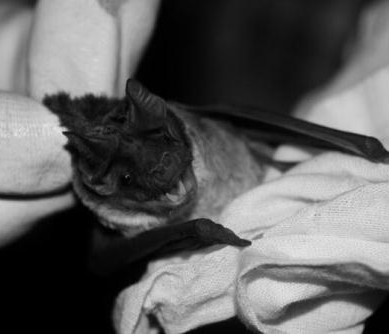
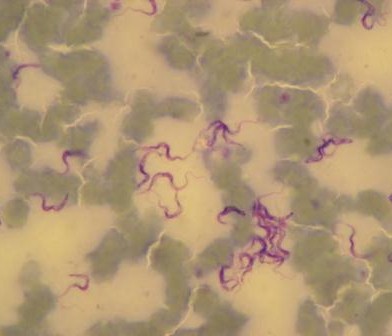
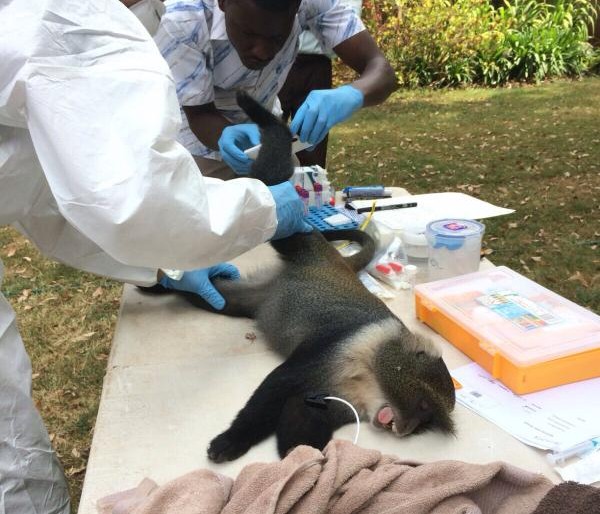
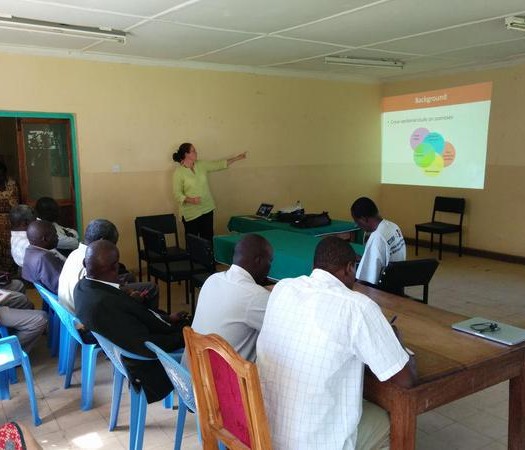
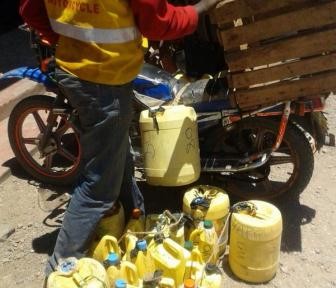
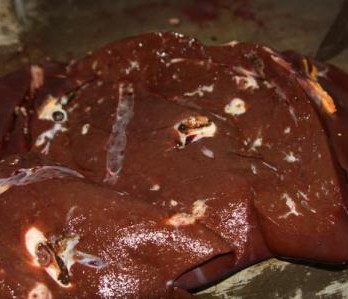
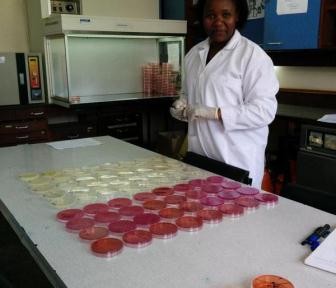
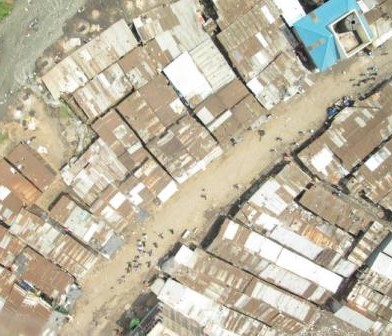
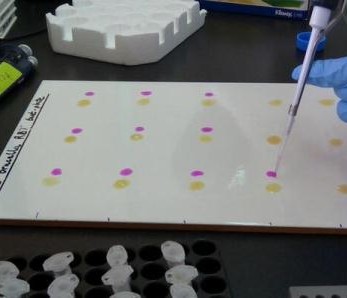
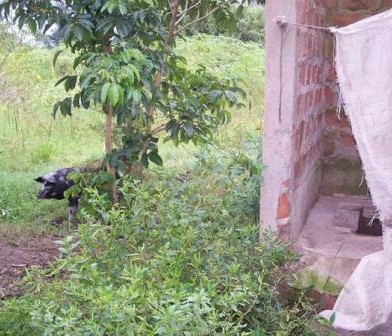
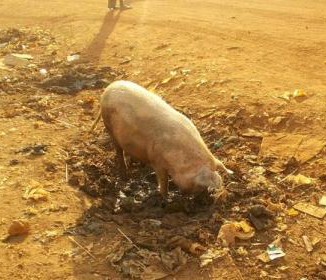
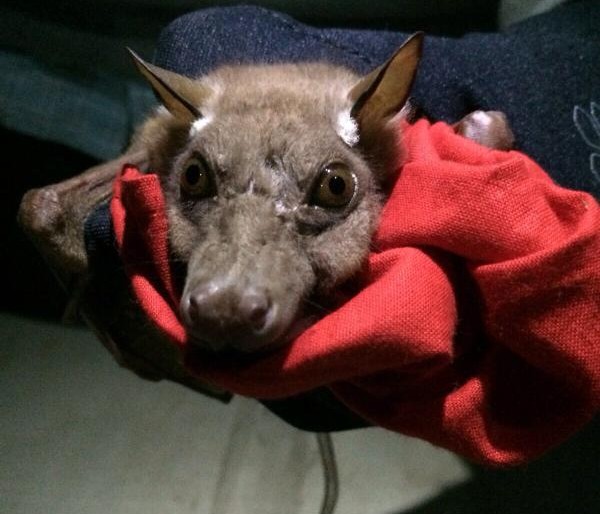
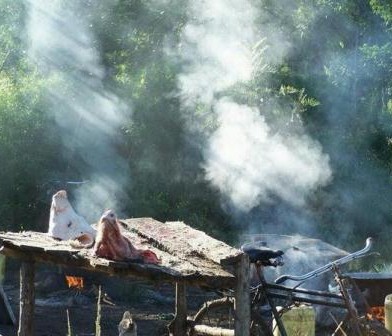
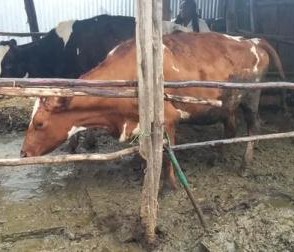
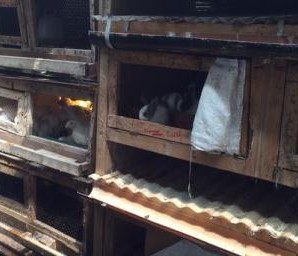
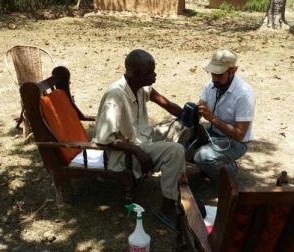
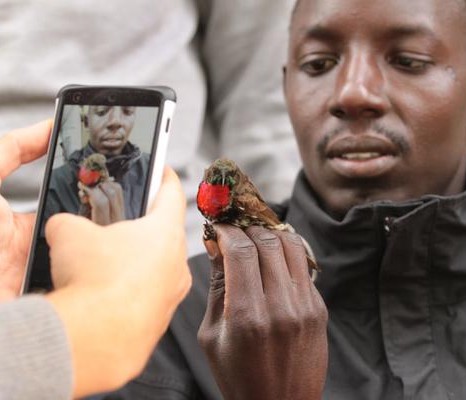
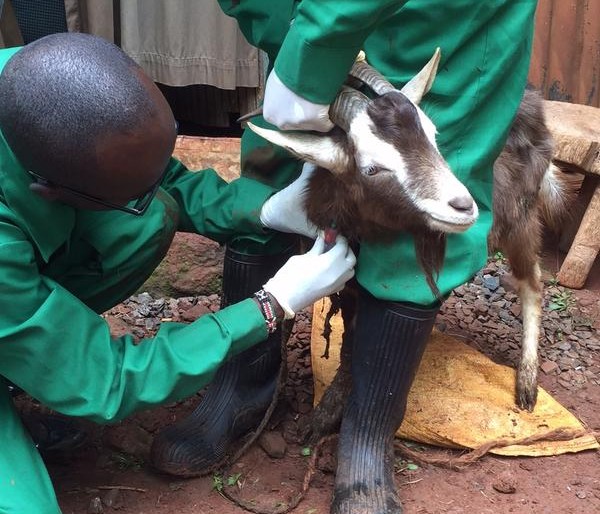
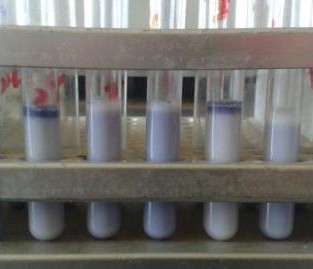
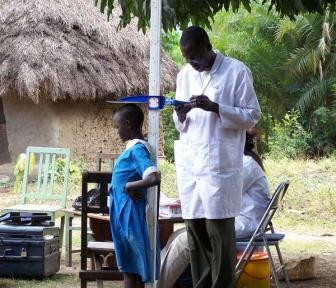
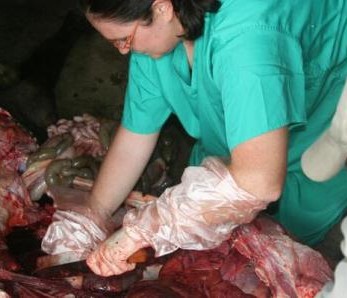
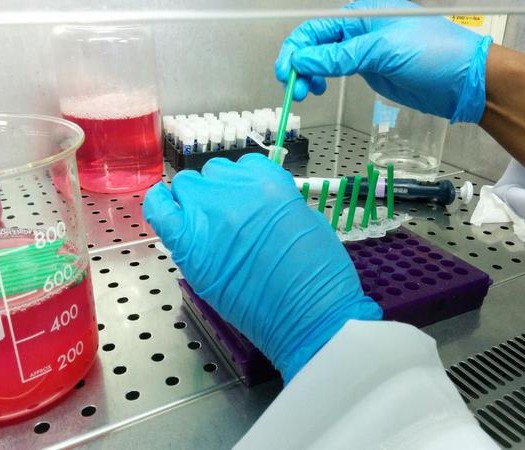
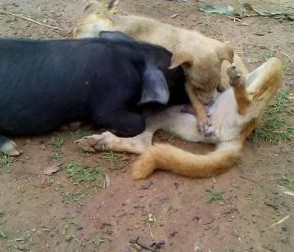
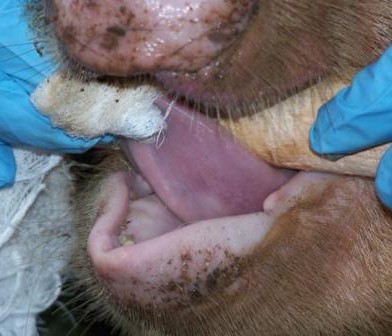
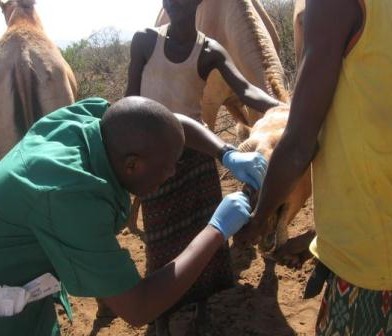
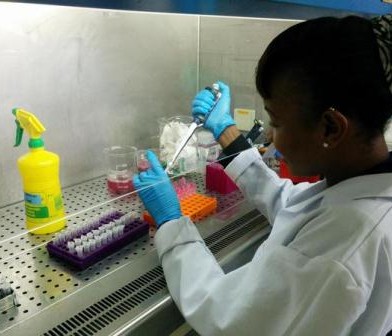
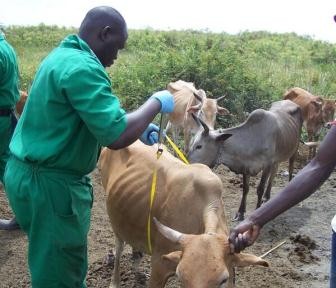
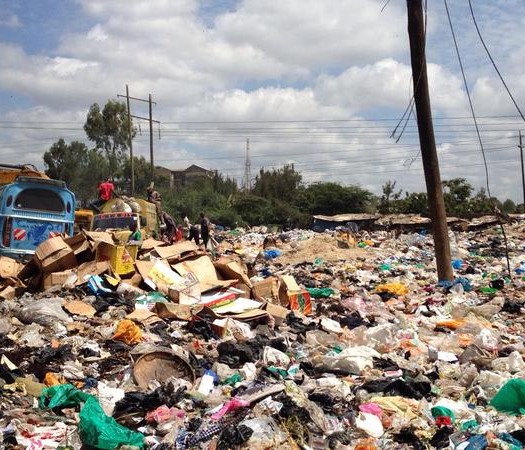
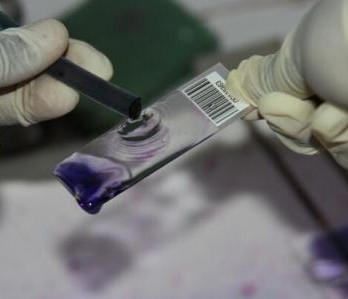
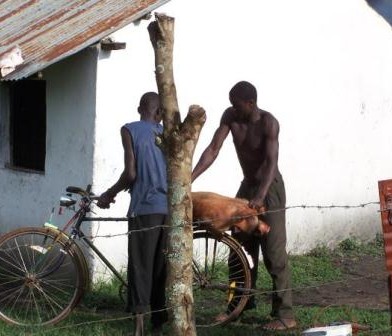
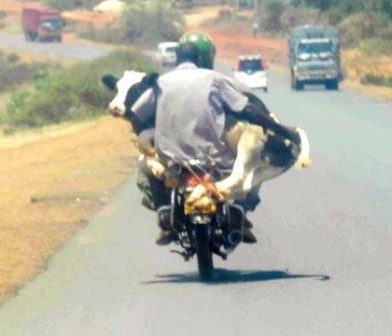
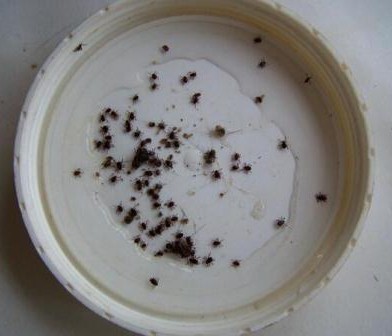
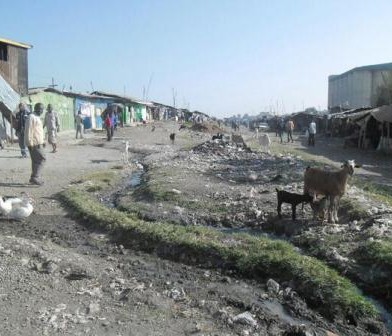
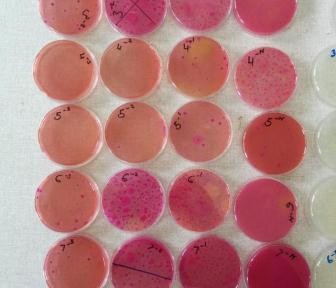
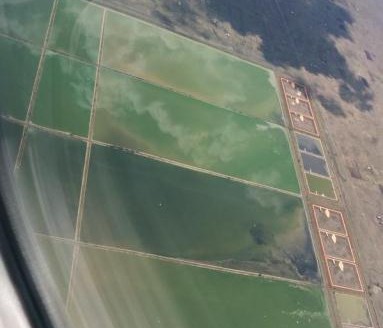
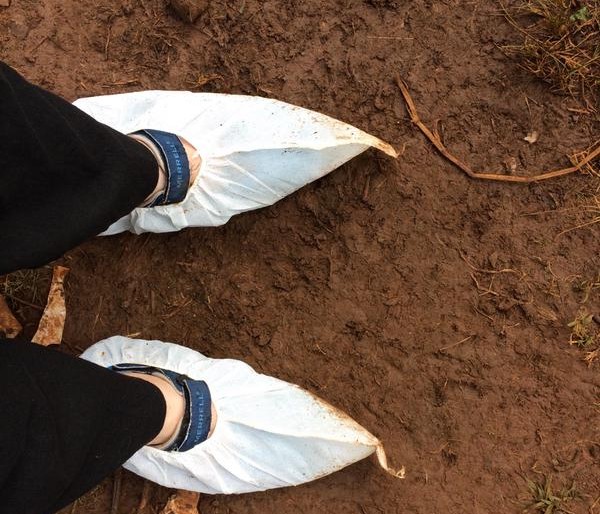
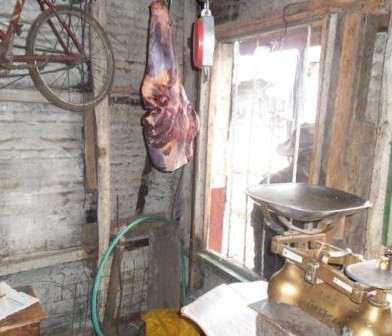

You must be logged in to post a comment.